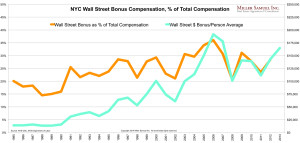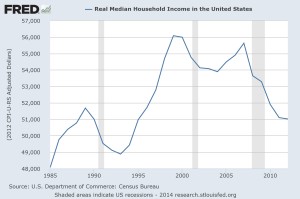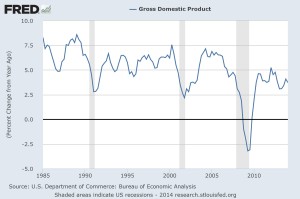Not long ago I had lunch with a friend and we discussed the Myers Briggs test (click here for a definition of the test). He mentioned to me that that he read somewhere that a majority of financial analysts were INTJ—surprisingly one of the rarest of the Myers Briggs 16 personality types (especially among women). For the record I am an INTJ. If you have never taken the test, here’s a link to a free analog version.
While psychological analysis is not the purpose of this post, there is something that has always driven me nuts about this industry. What upsets me is that there is an expectation that a stock market analyst must act a certain way to be successful. This has always surprised me. That’s likely because INTJs like me are among the most independent thinkers of the personality types in the Myers Briggs grid. This might explain why I think “Kiss Alive” is the best live album ever, but I digress…
Why do I feel this way? I am guessing it’s because that New York is the capital of our industry. Don’t get me wrong. I love New York. The Yankees and Giants are my second favorite teams (sorry Boston fans). Having said that, I believe there seems to be some expectation of a hyper aggressive personality type that might not manifest itself in people west of the Alleghenies. I realize that there has to be some degree of fighter pilot attitude amongst us as analysts, after all no one wants to look unintelligent when discussing the markets with clients. But then at the same time, I feel on occasion that we all can use a dose of Minnesota Nice. Oftentimes our worst mistakes come when we make a mistake and try to cover it up with bravado.
One of the best lessons I ever learned in this industry was in my first week on the job. One of the stocks my analyst and I were covering had an unexpected bad quarter. After doing our analysis, my analyst called up one of the biggest holders and started out the conversation with (and I am paraphrasing) “I was wrong on this stock. Here’s where I went wrong, and here’s what I think you should do now.” I was stunned by what came next. Instead of the client becoming angry he said “Thanks for the call. You are the only analyst who has called me on this name. I appreciate that.” Ever since that day I have tried to fess up to bad calls. It not always has been pleasant; and not all investors were as respectful as this one. However, I also found that rebuilding my credibility was much easier than those times I have tried to defend my decision aggressively.








